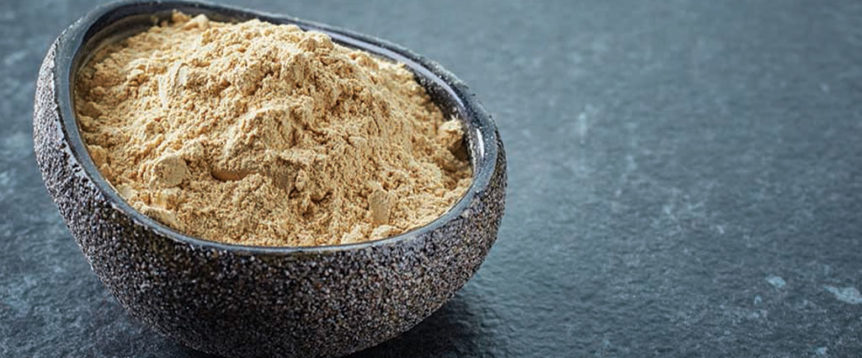WHAT IS IT?
Also called Peruvian ginseng, maca is a cruciferous root vegetable indigenous to the Andes Mountains. Andean cultures have used it medicinally for hundreds, perhaps even thousands, of years. It’s nutritionally well-rounded, providing a great blend of both carbs and protein, as well as B vitamins and vitamin C, and minerals such as calcium, iron, iodine and potassium.
USE IT FOR
Energy, exercise endurance, positive mood, brain function, sexual function, fertility, bone health
THE SCIENCE
Studies abound verifying the myriad benefits of maca. One oft-cited study from the Journal of Ethnopharmacology found that cyclists who took maca for two weeks improved cycling time trial performance and had greater sexual desire than when taking a placebo. Several more recent studies tout maca’s ability to battle depression and improve cognitive performance.
HOW TO TAKE IT
Andean people eat the root as Americans would a potato, but for a supplement it’s ground into a powder. The taste is slightly bitter, but it blends well into smoothies, nut butters, fruit juices, yogurt, soups and baked goods. Aim for at least 15 grams per day and much more if you’d like—higher doses don’t seem to cause any negative effects. Powders come in two forms: raw or gelatinized (heated to remove starch). Raw maca preserves all of its nutrients but can cause digestive distress in some people; plus, a few small studies suggest that the heated maca is more readily absorbed by the body and therefore more e ffective.

